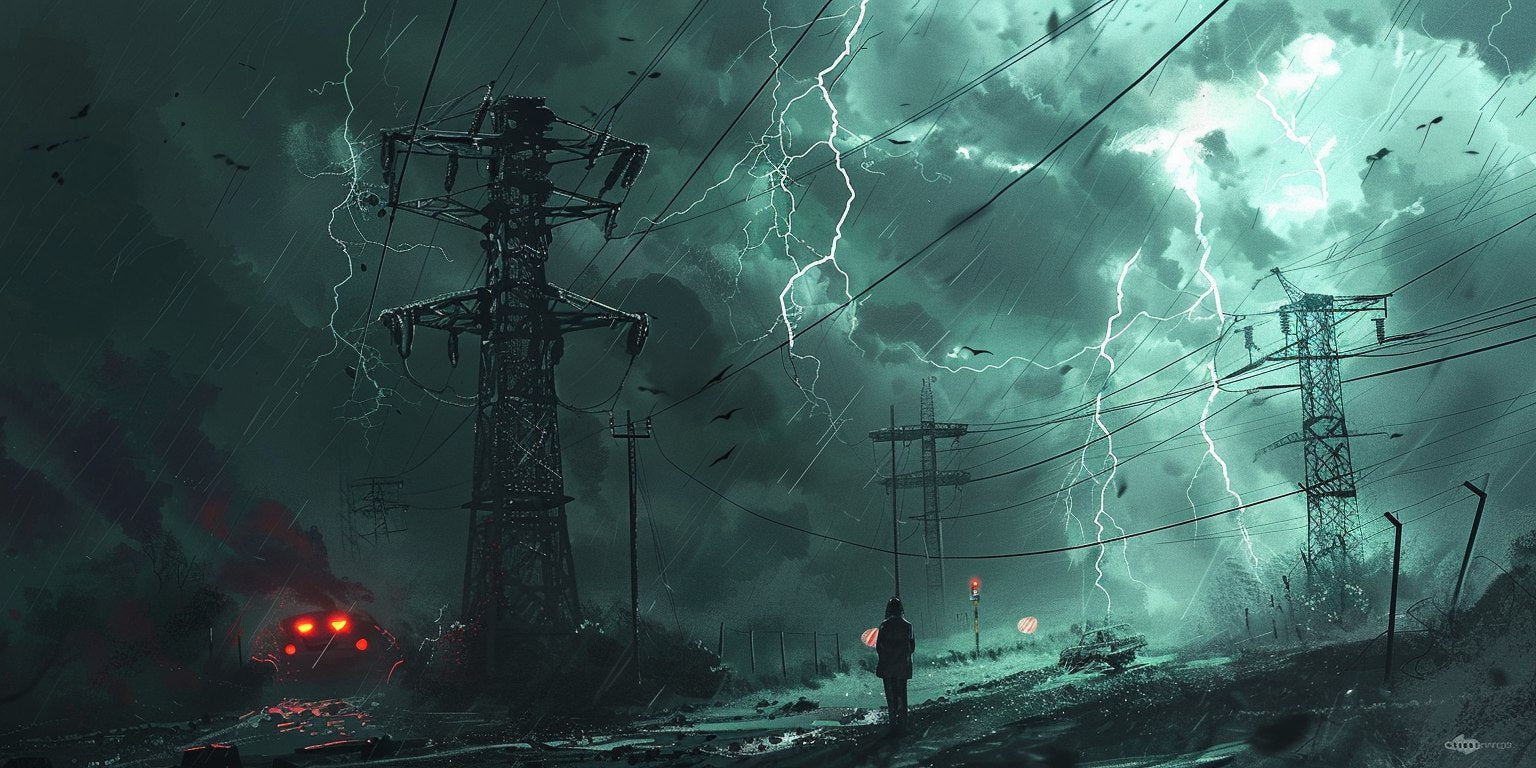
Lightning Protection: Upgrading Your Home's Electrical Systems for Extreme Weather
In recent years, extreme weather conditions have become increasingly common, posing significant risks to homes and their electrical systems. Lightning, in particular, can cause severe damage to unprotected properties, leading to costly repairs and dangerous situations. Investing in lightning protection measures is crucial for safeguarding your home. Here’s how you can upgrade your home’s electrical systems to better withstand extreme weather conditions.
Understanding Lightning Risks
Lightning strikes can deliver millions of volts in mere seconds, threatening both your home's structural integrity and its electrical systems. Direct strikes are not the only concern; even nearby lightning can induce power surges through transmission lines, causing electrical damage.
1. Surge Protection Devices (SPDs)
Install surge protection devices to shield your home from power surges. SPDs can be placed at your service entrance, ensuring that any excess energy from a lightning strike or power surge is effectively diverted and does not reach sensitive electronics within your home.
2. Grounding Systems
Proper grounding is essential for lightning protection. An effective grounding system provides a designated path for electrical currents to safely dissipate into the ground, reducing the risk of damage. Regularly inspect and maintain your grounding system to ensure it is in optimal condition.
3. Install a Lightning Rod System
Lightning rods, or air terminals, offer one of the most comprehensive protection solutions. Installed on the roof, lightning rods intercept direct strikes, directing the energy safely into the ground through a network of cables. This prevents the lightning from passing through the building and damaging internal systems.
4. Whole-House Surge Protectors
While individual surge protectors for outlets are useful, a whole-house surge protector offers broader protection. This system manages voltage spikes at the electrical panel, safeguarding the entire home's electrical infrastructure.
5. Regular Electrical Inspections
Routine inspections by a licensed electrician can identify vulnerabilities in your home’s electrical system. These checks can pinpoint outdated or faulty wiring that may not withstand power surges, allowing you to make necessary upgrades before disaster strikes.
6. Circuit Breaker Upgrades
Consider upgrading to more sensitive circuit breakers that can better detect and respond to electrical anomalies. This upgrade can provide an additional layer of protection by shutting down circuits before an overcurrent can cause damage.
7. Unplug Electronics During Storms
While it might seem simple, manually unplugging electronics during a storm can prevent surge damage. This practice is an immediate preventive measure but shouldn’t replace more comprehensive protection strategies.
Conclusion
As extreme weather events become more frequent, homeowners must prioritize lightning protection to prevent damage and ensure safety. By implementing these strategies, you can significantly enhance your home's resilience against lightning strikes, safeguarding both your property and peace of mind. Investing in these protective upgrades not only protects your home but also preserves its value in the face of Mother Nature’s unpredictability. Stay proactive and prepared by upgrading your electrical systems for the challenges ahead.